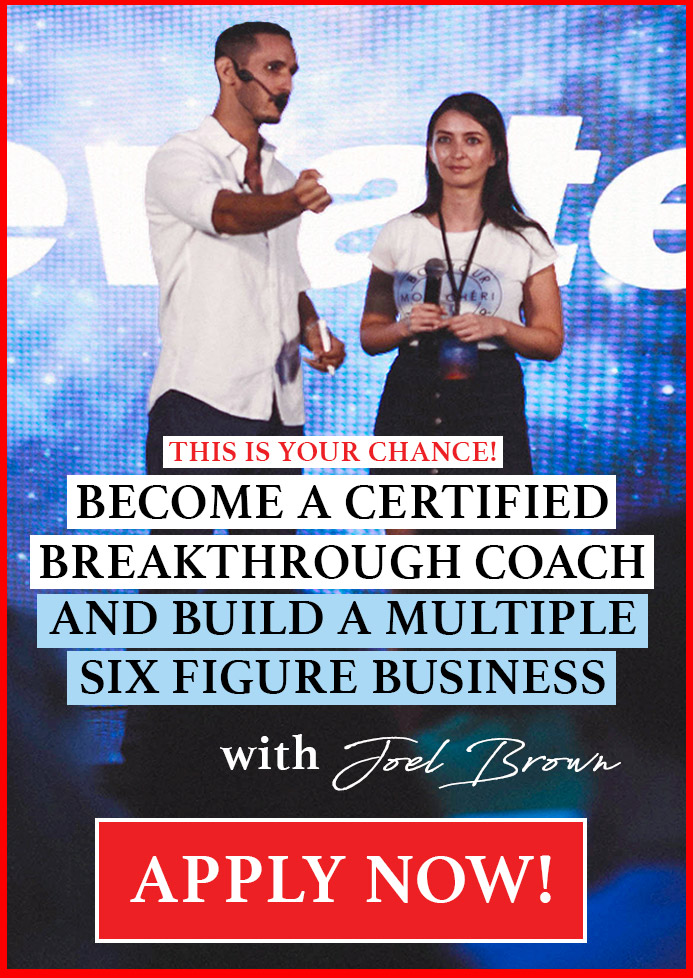Success Advice
The Ultimate Guide to Keeping Your Audience Engaged With Your Blog

According to HubSpot, 43% of all blog readers admit to skimming through blog posts. Although this is a disheartening number, what exactly is the cause for this lack of concentration? The answer lies in a very important buzzword – engagement. It’s not nearly enough to write SEO copy and use branded content to reach your target customer.
Every single bit of your content has to be engaging. It has to cause enjoyment and other pleasant emotions while people read it. If you’re struggling with engaging your audience, fear no more.
The guide below covers all the necessary steps towards engaging blog content:
1. Speak directly to them
Before you prepare to launch a campaign of branded content, it’s important to adjust your tone. Every follower of yours will register a more positive response if you speak “in familiarities” to them. To achieve this, you need to know your target audience and how they function.
For example, if your audience is made out of teenagers and young adults, you can use slang more freely. In case your followers are mainly mothers or older adults, you have to be more professional.
Older people strive for value, whereas youths tend to prioritize experiences. Look at your readers as future clients and observe them well. If you’re targeting younger, well-off individuals, don’t be afraid to get descriptive and use lavish expressions to evoke feelings. We live in an age where experiences are monetized and it’s essential that you describe your offer in detail.
This isn’t just meant for branded content. Even educational and informative blogs have to be shaped as advices to every individual. Write in second person and use concise, but developed thoughts and sentences. Mix brevity with effectiveness – that’s how to speak directly to your audience.
“What you do after you create your content is what truly counts.” – Gary Vaynerchuk
2. Keywords aren’t just for SEO
Do you know why the most popular songs are so popular? It’s because of their catchy rhythm, which allows the song to become an “earworm” and permanently stuck in the listeners’ brains.
Words are also music in their own right, which is why you need to change your view on the copy ASAP. Writing engaging blog posts is all about the right use of keywords. No, we don’t mean complying with all the demands of search engine algorithms to appear higher in search results.
Using keywords correctly is about placing them evenly around the text to evoke a feeling of repetitiveness. The reader must be constantly reminded about the point of the blog and why is that knowledge or information useful to him.
Nobody wants to read out of boredom. If you want to keep your audience engaged, you need to provide free value. To get a better effect on each and every reader, establish a consistent “rhythm” of keywords.
This includes concluding every other paragraph with the same longtail keyword. The frequency is enough to stay engraved in the minds of the readers.
At the same time, it’s also not strong enough to make the blog post unreadable. This is the whole crux of keyword use. Make it natural and your audience will feel connected to every forthcoming paragraph in the point. Better understanding equals better engagement.
3. Get visual
The next step in this guide to engaging your blog readers involves something more than copy – visual aspects of your blog. It’s important to have variety in your content. It may look tidy to have a dedicated session for text posts, infographics and images, but this becomes monotonous very quickly.
Different content doesn’t have to be targeted to different groups. Instead, all your content forms have to be fused to create the ultimate reading experience.
Add infographics under a paragraph that contains a lot of statistics. Important information and things essential to your brand have to be in visual form. Simply by glancing at this section, readers will memorize everything that’s needed.
Providing them with this easily-memorable content prepares them for the next step in engagement. This involves carefully approaching the subject to develop more detail.
Writing a blog post has to be methodical. Most marketers believe that each post is a standalone marketing tool with its only goal to maximize short-term engagement. However, this is an outdated view on the utilitarian value of blog posts as marketing tools.
4. Write posts in series
Blogs can have multiple purposes. They can either be informative, clearly promotional or, in most cases, informative with promotion in mind. If you are selling a product or service, you would want to use the blog space in the best possible way.
This indicates that promotionally informative posts are the best type of blog post for you. Their effectiveness comes in a unique ability to form chains of information, stretched out through several different posts.
The more you elaborate on important things, the more your customers will learn. Knowledge to customers means they will be better prepared for different approaches in your next blog posts. Imagine a reader learning something valuable from your digital marketing blog and thinking “Hey, this isn’t so hard after all!” This feeling of accomplishment is exactly what will engage them. They’ve learned something and now they want more.
Here is your chance to give them what they want. Have your blog posts logically connected from time to time. Once your regular readers start immersing themselves in different topics, they will be more and more confident in their knowledge.
You will be seen as someone who provides valuable knowledge. This will lead to better engagement, more conversions and increased revenue.
“The currency of blogging is authenticity and trust.” – Jason Calacanis
5. “Sprinkle” posts with CTAs
Being informative, engaging and utilizing visual content are good blogging tactics. Unfortunately, good is not good enough for you. You can share all the information you want and support it with arguments and you still won’t get maximal engagement.
There is nothing that people love more than clear and explicit directions. Failing to instruct your readers, implicitly or otherwise, is a massive hit to your engagement rates. Use cleverly placed CTAs not as means to sell, but as means to engage. Selling is only an option if your customers are engaged. The cleverness of your wording and making a point is exactly what you need to engage readers and turn them into customers.
Calls to action have to be cleverly distributed so that you can reach your goal with just some coupe de gras. Place them at the end of important sections, in no more than five words. Audiences will be 300% more engaged due to this trick, according to QuickSprout.
This is a number that you simply cannot ignore. Use the imperative voice as a way of summing up – “If X customers acquired Y information, then Z can be achieved.”
Let them know that the action they’re required to take is closely connected to their recently acquired knowledge. This increases reader’s confidence and reminds them that they can do so much with what they read in your blog posts.
Keeping your audience engaged via blog posts is an easy process, with just a few steps. All you have to do is conduct enough research, be honest about your goals and be willing to execute. With these steps we’ve covered, you will see a surge in engagement rates across the board.
Do you have a blog or want to start one? Share your ideas below on how you’d keep your audience engaged or already keep them engaged!
Did You Know
How Skilled Migrants Are Building Successful Careers After Moving Countries
Behind every successful skilled migrant career is a mix of resilience, strategy, and navigating systems built for locals.

Moving to a new country for work is exciting, but it can also be unnerving. Skilled migrants leave behind familiar systems, networks, and support to pursue better job opportunities and a better future for their families. (more…)
Life
10 Research-Backed Steps to Create Real Change This New Year
This New Year could finally be the one where you break old patterns and create real, lasting change.

Every New Year, we make plans and set goals, but often repeat old patterns. (more…)
Change Your Mindset
The Silent Skill That Makes People Respect You Instantly
What truly earns respect and why most people go about it the wrong way

Everybody craves respect but not everyone earns it. Some people believe that a title, years of experience, or a position of authority automatically entitles them to respect. (more…)
Entrepreneurs
The Essential Skills Every Entrepreneur Needs In 2026
Success in the digital age isn’t about luck. It’s about mastering the skills that separate dreamers from doers.

When I was 22 years old, I started my first side hustle as a ghostwriter. (more…)
































